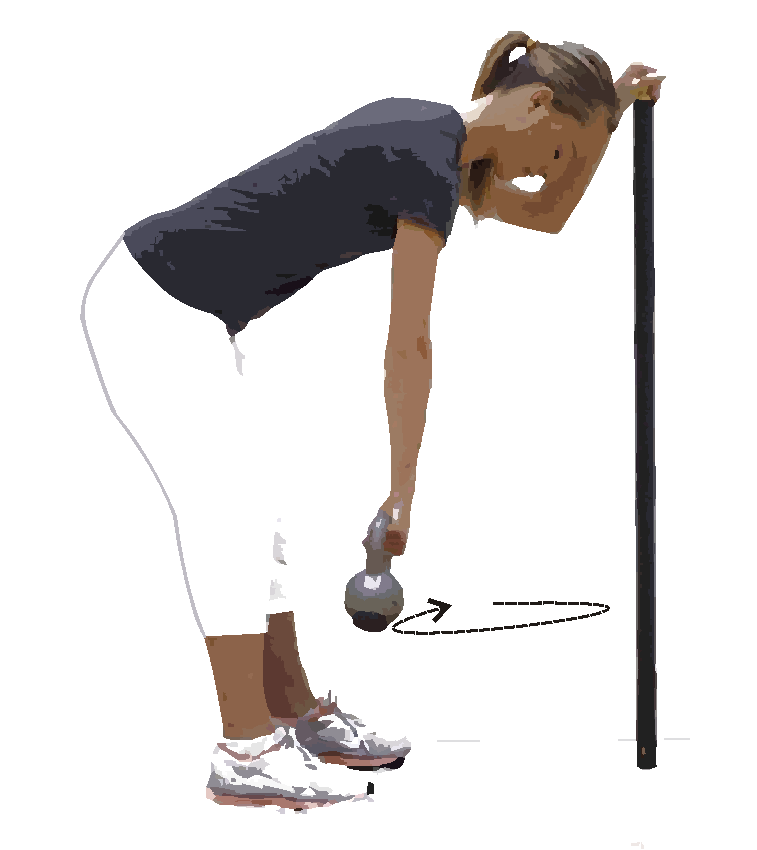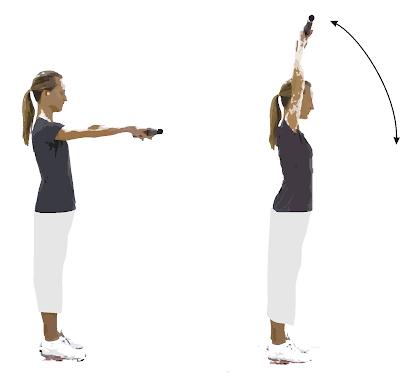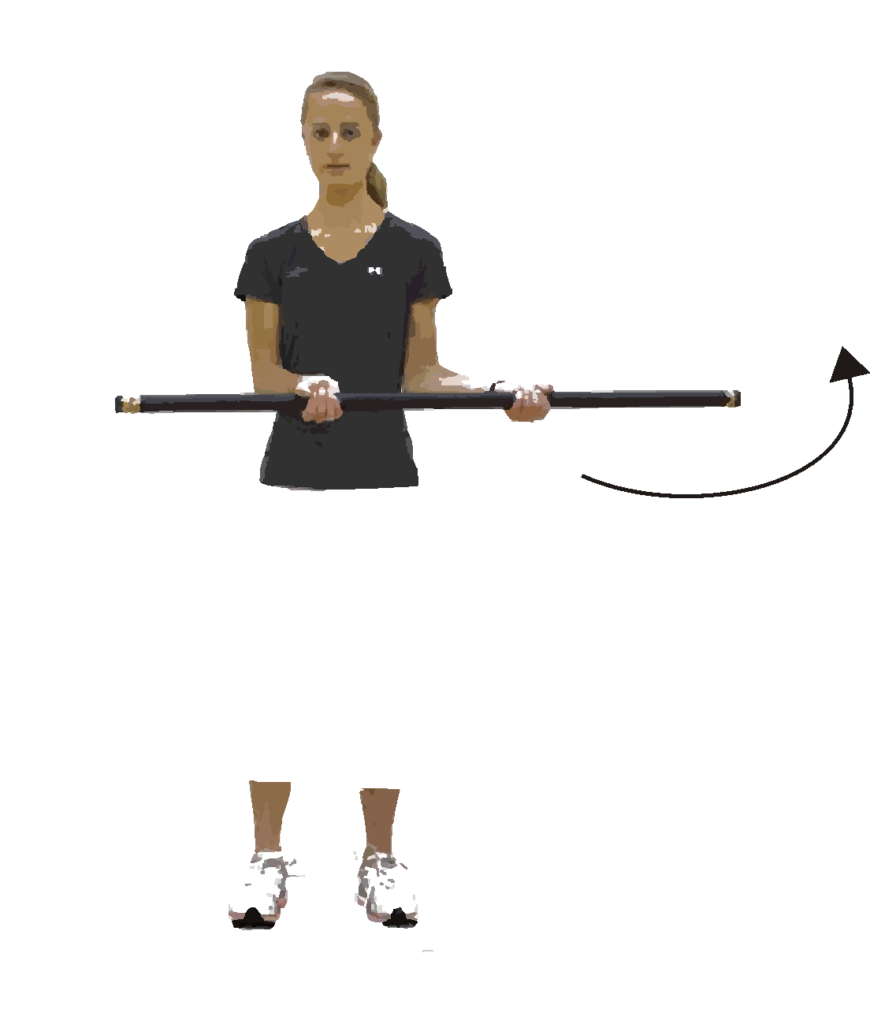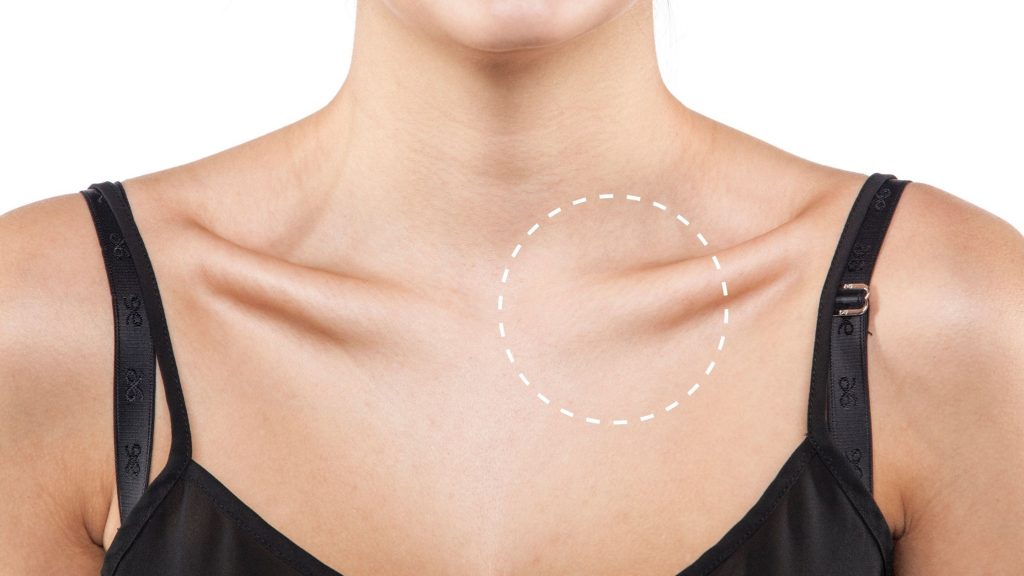Last updated on July 3rd, 2025 at 05:14 pm

In my previous blog, we discussed “What is a frozen shoulder: Causes, symptoms, physiotherapy“. In addition to attending regular physiotherapy sessions, one must perform exercises at home.
It is important to note that shoulder pain and the restriction of movement are interlinked. We also need to take care of shoulder stiffness to reduce the pain.
Treating a frozen shoulder mainly focuses on stretching and shoulder exercises to improve motion.
Even with severe pain, performing exercises within a tolerable range is vital. If the shoulder is overly protected, the condition will get worse. So, let us start.
- Frozen shoulder exercises
- Shoulder Pendulum Exercise: How to Relieve Stiffness (Step-by-Step Guide)
- Cane Exercises for Frozen Shoulder: Improve Flexibility Safely
- How to Do Shoulder Extension with a Cane (For Beginners)
- External Rotation with a Cane: How to Regain Shoulder Mobility
- Shoulder Shrugs: Do They Help Frozen Shoulder Pain?
- Lying Internal Rotation Stretch: Best for Advanced Relief
- Advanced Anterior Stretch: Reduce Front Shoulder Tightness
- Conclusion
- FAQ
Frozen shoulder exercises
Frozen shoulder sufferers should maintain a daily exercise routine. Initially, exercises are done very gently within the limit of pain, but as pain improves, the frequency and duration of exercises increase.
Applying a hot pack or warm shower before performing these exercises and using an ice pack to the shoulder afterwards will make the exercises more tolerable.
Shoulder Pendulum Exercise: How to Relieve Stiffness (Step-by-Step Guide)

- Begin the exercise by using only the weight of your arm without any added weights, and gradually progress it by holding light weights such as dumbbells/packets of salt/water bottles into the routine.
- Keep your back straight, your core (trunk muscles) tight, and your feet shoulder-width apart.
- Support the opposite arm to allow the affected arm to hang straight down with complete relaxation of that shoulder’s muscles.
- Using the motion of your body to create shoulder motion, sway your body. Start with small circles, gradually increasing to larger circles.
- Perform 20-25 circles in each direction.
Cane Exercises for Frozen Shoulder: Improve Flexibility Safely
You can do this using a cane/ wand or broomstick. We have an exclusive article only on “4 Easy Shoulder Wand Exercises For Painful, Stiff Shoulder” which you may read for further knowledge.
- Hold the cane at shoulder level in front of your body, ensuring it’s parallel to the ground.
- Slowly raise the cane above your head while keeping your arms straight to avoid bending at the elbow if possible.
- Hold the cane above your head for 2-5 seconds.
- Slowly lower the cane to the starting position.
- Aim to perform 10-20 repetitions of this exercise.

How to Do Shoulder Extension with a Cane (For Beginners)
- Stand with your feet shoulder-width apart.
- Hold a cane behind your body with your palms facing up.
- Slowly extend the cane upward and backwards until you feel a stretch in the front portion of your shoulder.
- Hold this position for 5-10 seconds.
- Do 10-20 repetitions of this movement.
- If you are a beginner, start with fewer repetitions and gradually increase the number as you get more comfortable with the exercise.
External Rotation with a Cane: How to Regain Shoulder Mobility
- Begin by holding the cane in front of you, parallel to the floor.
- Keep your elbows close to your sides, palms facing up, and hands shoulder-width apart.
- Slowly shift the cane away from your body in a sideways direction, towards the side of your affected shoulder.
- Ensure the cane remains parallel to the ground and your elbows stay in contact with your sides.
- Hold this position for 5 to 10 seconds. Aim to repeat the movement 10 to 20 times for a complete exercise session.

Shoulder Shrugs: Do They Help Frozen Shoulder Pain?
- Stand with your hand by the side of your body.
- Slowly lift both shoulders upwards, as if you’re trying to touch them to your ears, and hold that position for 1-2 seconds.
- Slowly lower the shoulders back to the resting position.
- Repeat the exercise by rotating your shoulders forward in a circular motion and then backwards in a circular motion.
- Aim to do 10-20 repetitions or continue until you feel fatigued.

Lying Internal Rotation Stretch: Best for Advanced Relief
- Lie on your side, with the affected shoulder side down.
- If this position causes pain, discontinue this exercise. If discomfort is felt, proceed with caution.
- The affected shoulder should be abducted and flat against the floor. The elbow is bent to 90°, perpendicular to the floor.
- Place the unaffected hand on the affected forearm and apply gentle downward pressure, slowly forcing the forearm to the floor.
- Hold that position – or however far the affected arm can move without pain – for 10-30 seconds.
- Repeat 5-10 times. Beginners should start slowly
Advanced Anterior Stretch: Reduce Front Shoulder Tightness
- Once you have progressed through the previous exercise, you can try the stretch with your arm at 90°, placing your elbow against the wall or at the door.
- Lean forward until you feel a comfortable stretch in the anterior aspect of your shoulder.
- Use the same key points for timing/reps from the previous exercise.
- Hold for 10-30 seconds, and perform 5-10 reps as tolerated
Conclusion
Many of you may also complain of pain around the shoulder blade associated with an audible clicking sound when you move your arm. This could be due to snapping scapula syndrome, which is quite different from frozen shoulder.
Remember that healing from a frozen shoulder will take time and, in some cases, a lot of time.
Still, regular and correct exercises combined with proper physiotherapy guidance can help. Along with exercises, physiotherapy treatment is also very essential for quick recovery.
FAQ
The author is a physiotherapist who has been practising for the last 17 years. He holds a Bachelor's in Physiotherapy (BPT) from SVNIRTAR (Swami Vivekananda National Institute of Rehabilitation and Research), one of the prestigious physiotherapy schools in India.
Whatever he learns dealing with his patient, he shares it with the world through blogs and e-books. He also owns a YouTube channel, "Sunit Physiotherapist" with over 8 lakh active subscribers. Here, he shares everything he gets to learn serving the patient.






Pingback: Best Exercise for Shoulders Related Issues - Physiosunit
Pingback: What is a frozen shoulder: Causes, symptoms, physiotherapy : Physiosunit
Pingback: 4 Best Shoulder wand exercises for painful, stiff shoulder : Physiosunit
There’s no specific medicine, but you can apply pain balm around shoulder along with hot fomentation
any medication to relive pain other the physio exercises